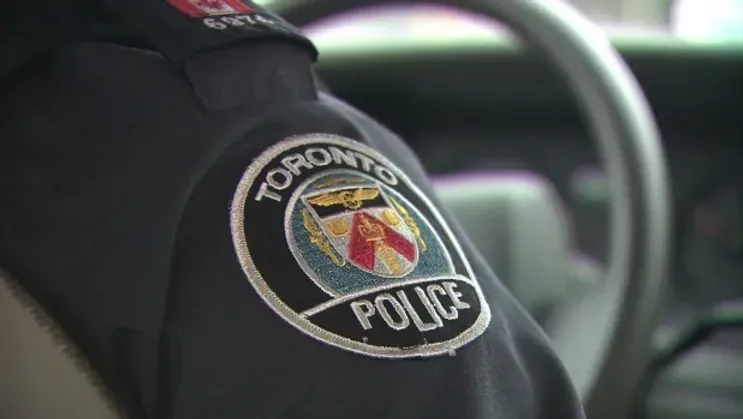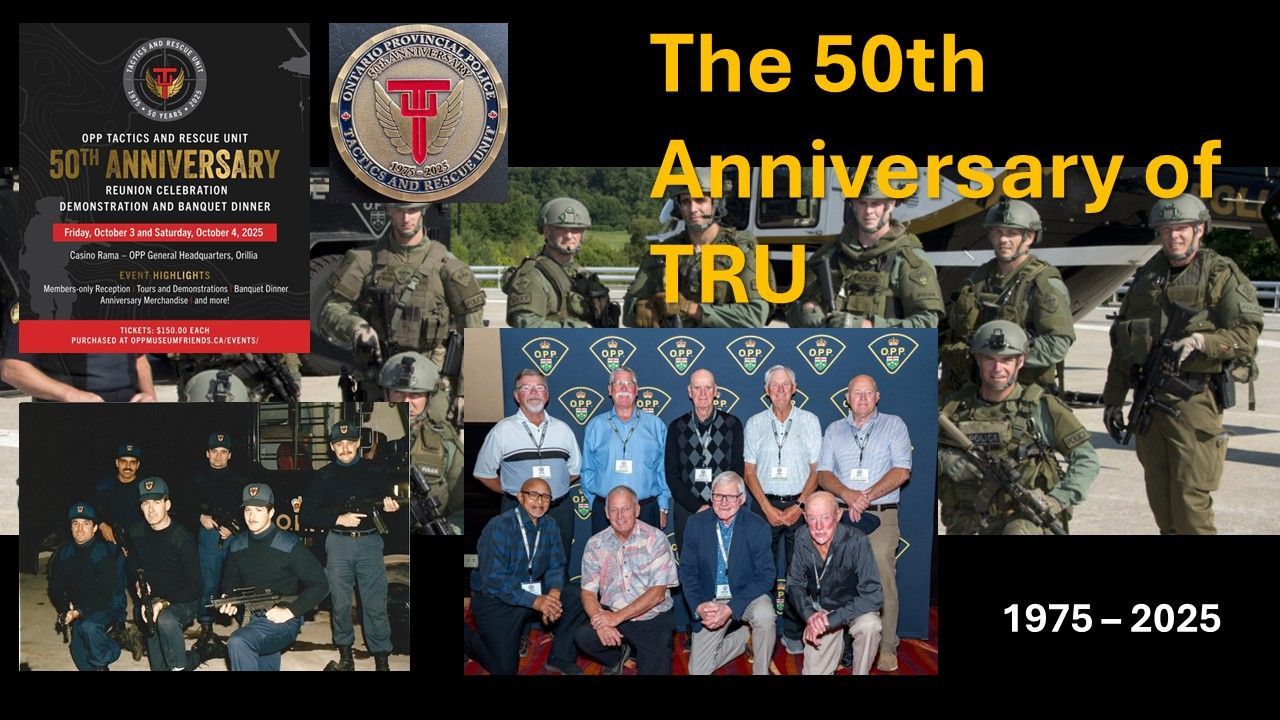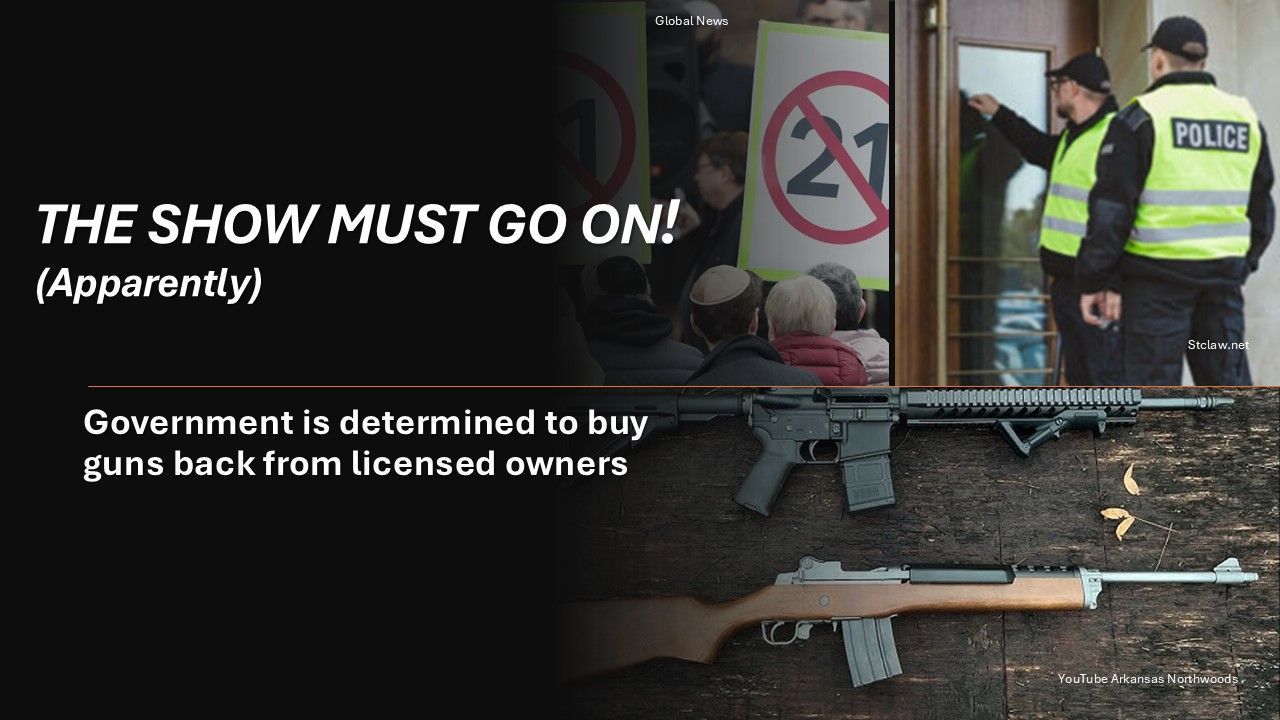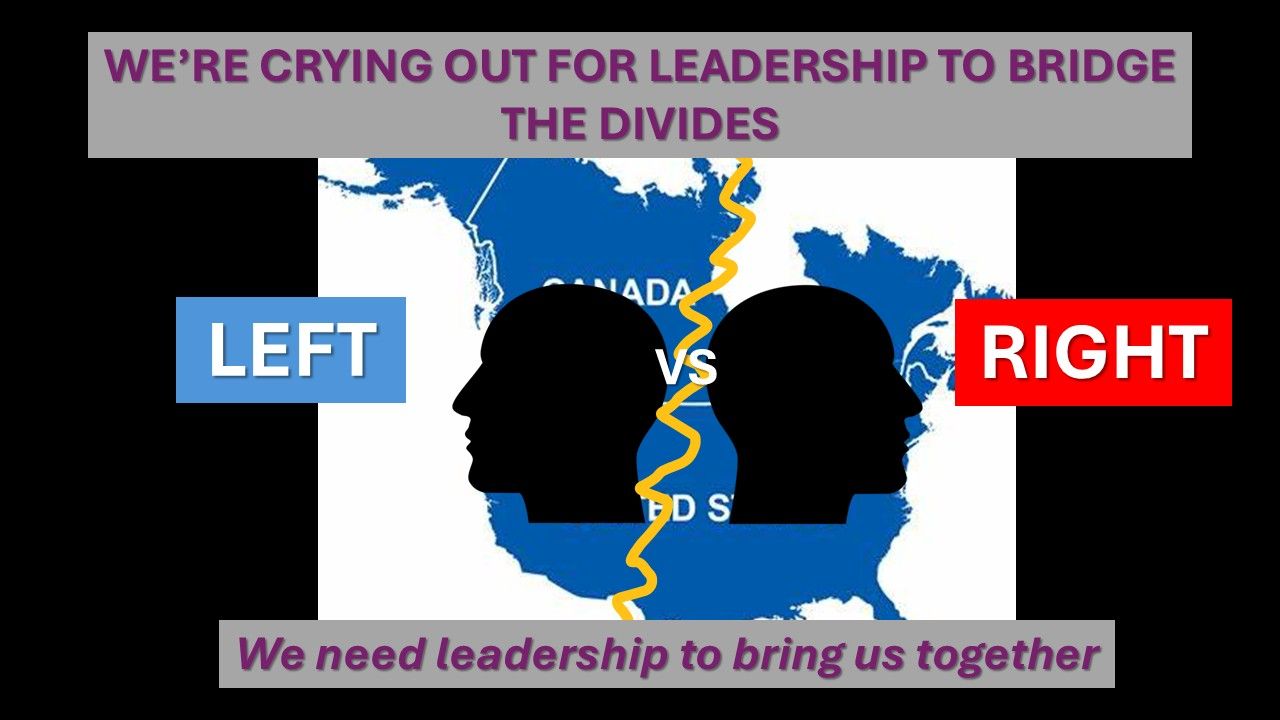New Paragraph

A recent Newstalk 1010 “Pulse of Toronto” survey presented the views of Torontonians on a variety of issues, including the Toronto Police Service (TPS). The TPS component indeed provided some concerning and surprising results to me.
The survey states that “6 in 10 (61%) Torontonians indicate they'd "be scared" if they were "pulled over by a police officer for no apparent reason”” and that “51% believe many/most/all Toronto police never really get punished for any wrongdoing they commit on or off the job.”
The survey also said that a concerning number of respondents feel the Toronto Police Association (TPA) cares more about its members than about citizens and policing and quoted several other disturbing perceptions among those surveyed about Chief Saunders’ effectiveness, police treatment of “black/dark-skinned” citizens, and other issues that demonstrate that public trust in police is waning.
Where is all of this coming from?
The TPS is a good police service. I truly believe it is one of the best of its size in North America. The vast majority of officers and staff are honest, hard-working and committed to public safety. Crime rates in Toronto (including homicides) are miniscule compared to similar sized cities in the U.S. That doesn’t mean they are totally without fault of course, no police service is.
Canadian policing is probably the most regulated and governed profession there is, and public oversight is extremely high – through legislation, boards, public complaints and use of force investigation bodies, as well as extensive media scrutiny. Occasionally bad things will occur unfortunately, but members will most often be held accountable through due process.
The past few years have seen public and Toronto Police Services Board concerns raised over street-checks (or “carding”); the criminal conviction of Constable Forcillo in the death of Sammy Yatim; a few high-profile incidents and trials around alleged police misconduct; as well as the well-publicized protest by the TPA over the TPS modernization initiative. Those few instances – in some cases totally unacceptable and in other cases where the validity of the criticism is debatable, should be far over shadowed by all the good things TPS members do to protect people and property, 24/7, year round. However, whether an allegation of wrongdoing by police ends up being substantiated or not, it can still become a public perception issue for community members. I get that.
We live in a society that is highly-impacted by a 24 hour real-time news cycle and inundated by social media reports that are often exaggerated or completely inaccurate. Unfortunately more people use the veil of anonymity social media provides to spread criticism and false allegations than do the majority of citizens that value their police service. At the same time, the U.S. has been plagued with wide-spread concern over police use of force and allegations of racialized policing, resulting in volatile anti-police protests and furthering police criticism. I’m convinced that this negative publicity south of the border has impacted the Toronto survey to some degree.
Chief Saunders is a good police chief. He came up through the ranks and was publicly endorsed by the TPA during the selection process. He is committed to the people of Toronto and to the members of the TPS, but at times has to make very difficult decisions that will not please everyone. I believe he makes those decisions in the best interests of community safety, closely followed by what is best for the employees of the TPS. The citizens of Toronto must come first – even before officer safety. If the officers came first, he wouldn’t allow them to leave their stations and risk their lives to protect the people of Toronto. But officer safety is a huge concern for him too. He has been there and has done that work himself.
The TPA leaders on the other hand, will never be re-elected if they voice a position that staffing cuts are acceptable. I’m sure they care about public safety as well, but let’s be honest – membership satisfaction and safety will always be their most critical concern.
Policing is an increasingly expensive business and very little structural and service-delivery change has occurred within the TPS for decades. Most Canadian police services have and are going through substantive change to be as effective and efficient as they can. TPS is not alone.
I don’t know if all the recommendations made in the TPS Modernization Project are valid or not, but Chief Saunders and his team believe them to be. I also don’t know if the TPA was properly consulted throughout the modernization process, but I can’t imagine in my wildest dreams that Chief Saunders would agree to a plan that unnecessarily places officers at even higher levels of risk than they would normally face. Right or wrong, this obvious divide between the TPS and TPA executives does nothing to maintain public confidence in its police service.
I’m not questioning the accuracy of the Newstalk 1010 survey, which was conducted by a reputable firm, but people are people and opinions change with the wind. We have all seen political surveys where nominees are shown to be highly favoured during election campaigns, only to suffer humiliating losses when the dust settles. That is simply human nature at work.
I think most Torontonians still love their police. Regardless, TPS and TPA obviously have some work to do to rebuild public trust to the levels they have enjoyed for many years. That critical trust is built one public interaction at a time and the ball is firmly in their court to fix it.




